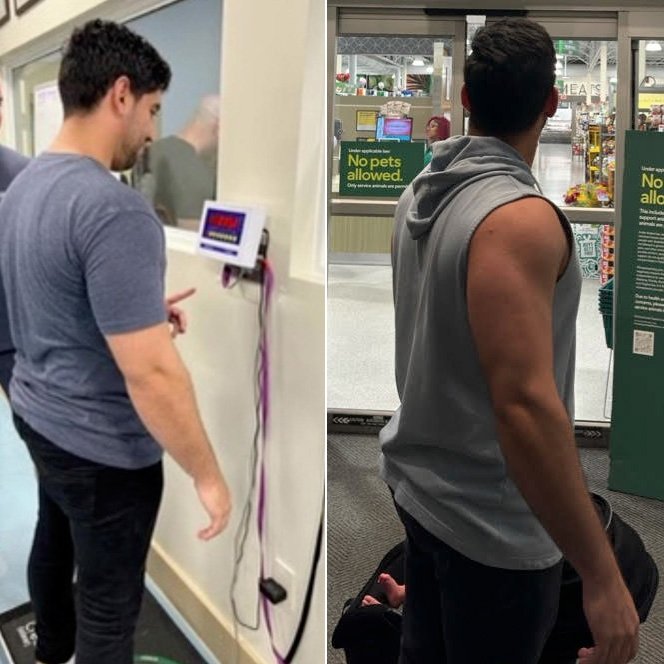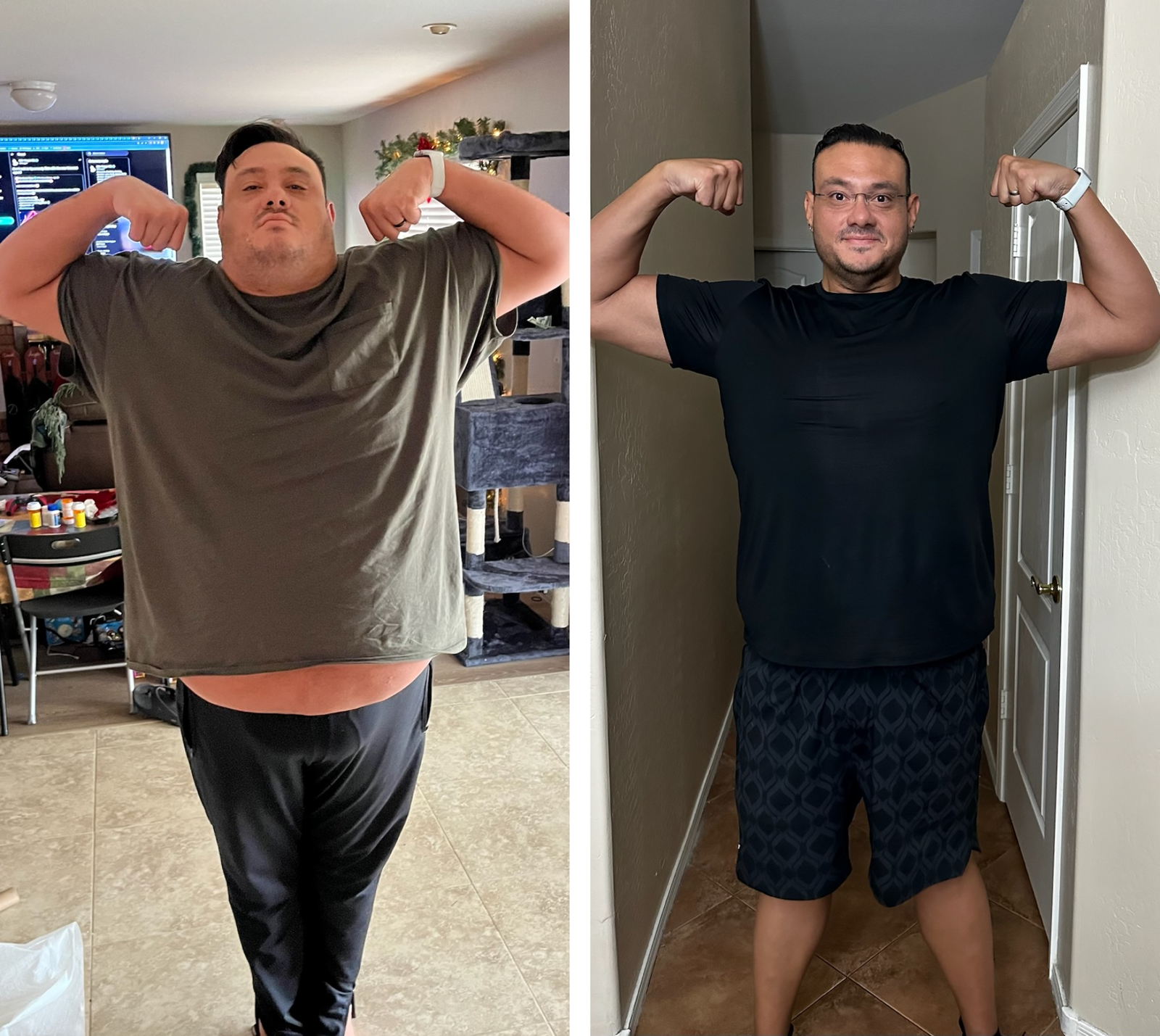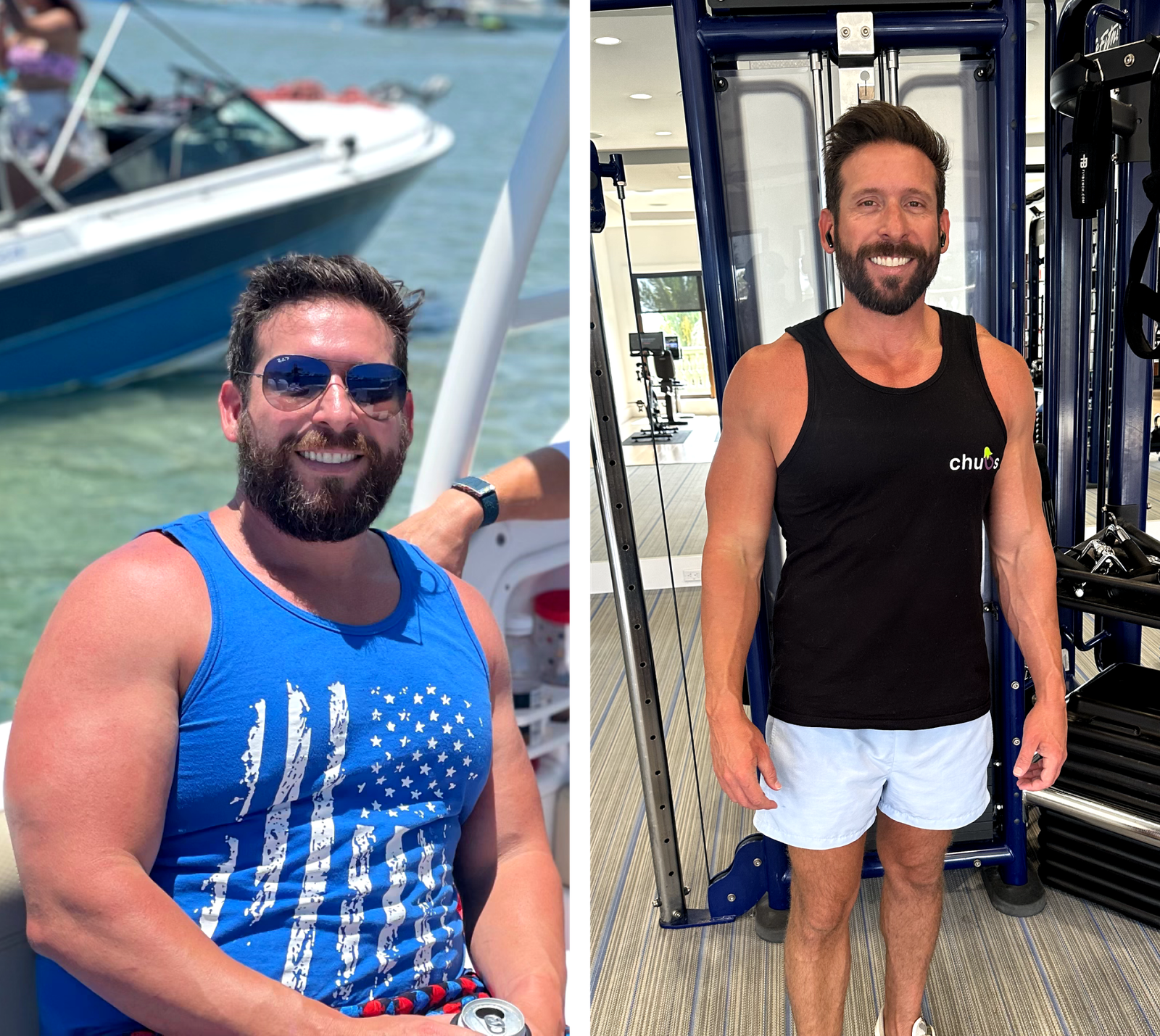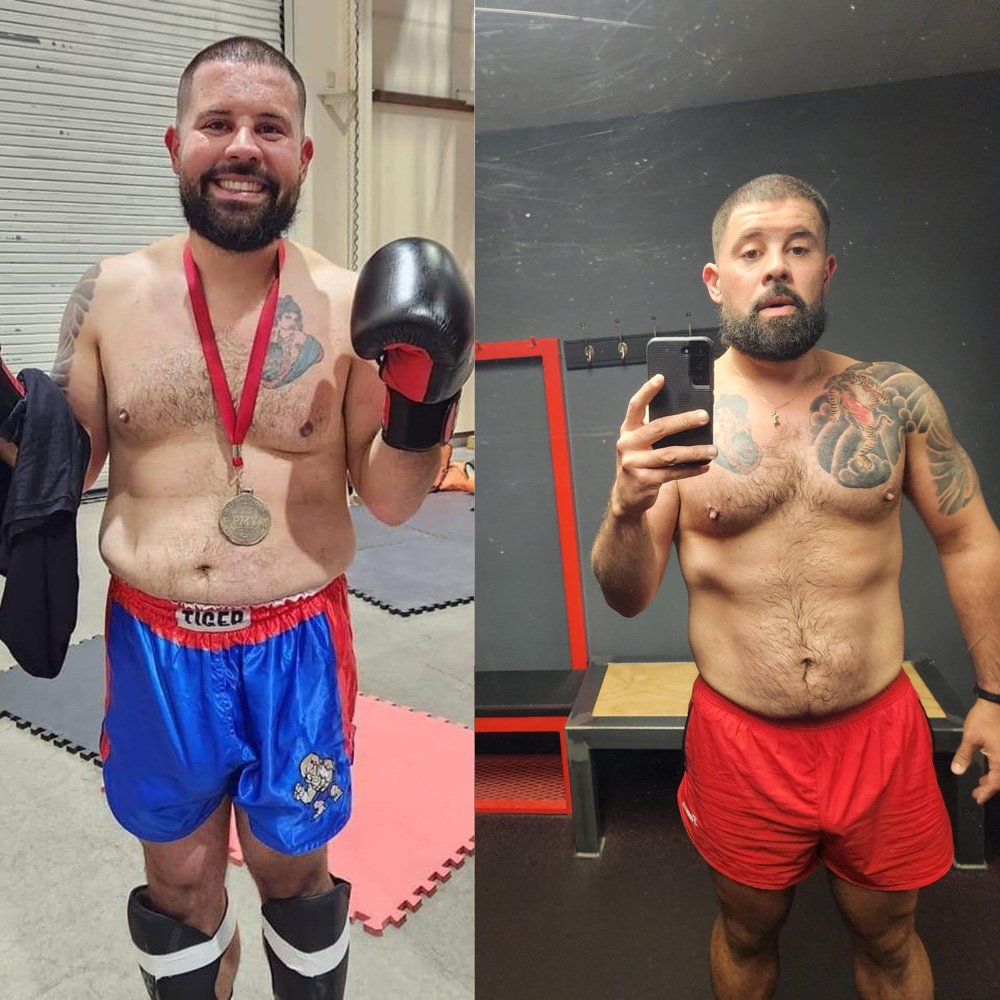In the world of male hormone optimization, striking a balance between restoring testosterone and maintaining fertility is one of the most nuanced challenges clinicians face. It’s well-known that introducing exogenous testosterone can suppress the body’s natural production of luteinizing hormone (LH) and follicle-stimulating hormone (FSH)—the very signals the testes rely on for sperm production and endogenous testosterone synthesis. The result? A sharp decline in intratesticular testosterone, often leading to impaired fertility or even complete sperm suppression (azoospermia) in many men on testosterone optimization therapy (TOT).
But emerging clinical research suggests there’s a reliable workaround.
The Study That Shifted the Paradigm
A groundbreaking study by Hsieh, Pastuszak, Hwang, and Lipshultz explored the use of low-dose human chorionic gonadotropin (hCG) in tandem with testosterone therapy. The trial followed 26 hypogonadal men (average age: 35.9) who were treated with either injectable testosterone or transdermal gel while receiving 500 IU of hCG intramuscularly every other day.
Over an average treatment span of 6.2 months, participants saw a substantial jump in total testosterone—from 207.2 ng/dL to 1,055.5 ng/dL (p < 0.0001)—with free testosterone levels more than doubling.
Yet here’s what made this study remarkable: semen parameters remained unaffected. Despite the significant hormonal rise, none of the men became azoospermic. There were no meaningful declines in sperm count, volume, motility, or progression. Even more compelling, nine participants successfully conceived during the study window.
Why This Matters
One of the key takeaways? The form of testosterone delivery didn’t alter fertility outcomes. Whether applied as a gel or administered via injection, the protective effect of hCG remained consistent.
This offers an invaluable strategy for men who want to optimize their hormone levels without sacrificing their ability to start or grow a family. By mimicking the action of LH, hCG helps preserve intratesticular testosterone and keeps the machinery of spermatogenesis running, even while on exogenous testosterone.
Clinical Takeaway: Personalized Care, Fertility-First Strategy
For practitioners, this data reinforces the importance of tailoring hormone therapy to each patient’s long-term goals—not just boosting testosterone levels but safeguarding reproductive health. Incorporating low-dose hCG into TOT protocols represents a research-backed way to balance vitality, performance, and fertility.
After all, optimizing hormones isn’t just about achieving lab markers. It’s about enhancing quality of life—physically, mentally, and generationally.
Reference
Hsieh TC, Pastuszak AW, Hwang K, Lipshultz LI. Concomitant intramuscular human chorionic gonadotropin preserves spermatogenesis in men undergoing testosterone replacement therapy. J Urol. 2013 Apr;189(4):647-50. PubMed ID: 23260550
























